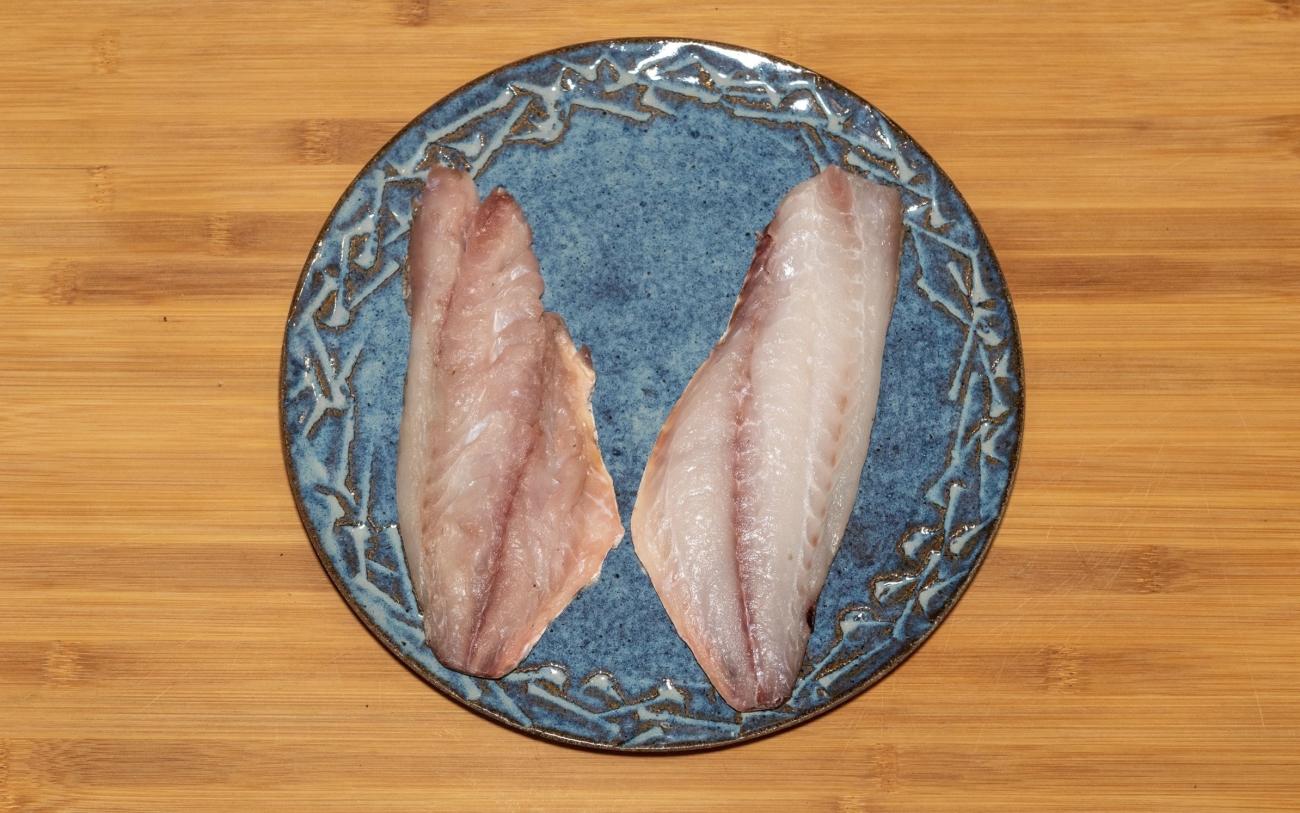How New Commercial Fishing Practices Could Be A Boon For Grocers
Of all the items in a grocery store, the foods for which freshness is most important are often perishable animal products. Under that large umbrella, fish is the hardest to “get right” in all stages from catch to table, and the data is undeniable: According to the most recent World Fisheries and Aquaculture report, up to 35% of all fishery production ends up as loss or waste.
At the same time, home-cooked seafood is a growing trend that now accounts for 59% of consumption, up several percentage points from the year prior, according to FMI – The Food Industry Association. In 2023, FMI’s “Power of Seafood” report revealed that for 69% of shoppers, freshness has a major impact on their decision to buy.
Fish may be discarded for any number of reasons, including spoilage before making it to shore, while in transport or sitting on ice before a shopper adds it to their cart. The one thing that determines whether a fish destined for a supermarket will be eaten is, of course, freshness.
Slowing the Clock
The moment a fish is taken from the water, a clock starts ticking. Many things affect the speed at which the clock moves, but the faster it ticks, the quicker the fish will spoil.
The fish is caught, hauled aboard under the weight of hundreds of its kin, and then lies on ice while suffocating on the way to shore. This isn’t an ideal recipe for avoiding spoilage.
By the time that animal makes it to an unloading dock, its fate as a fast-spoiling fish is likely already set in stone. Once a grocer takes delivery, the window of time in which the fish can be sold is incredibly short. On top of that, fish that are sold within this window may never be eaten, degrading too rapidly in a home refrigerator and prompting the customer to swear off buying fish again in the future.
[Read more: The NFI Sushi Council Embarks on Inaugural Year]
While popular with consumers, “freshness” itself is an ill-defined and nebulous term. It’s used as a proxy for the degradation of the meat (and in turn both the shelf-life and quality). More practical descriptors and indicators for fish spoilage include dilated pupils, a thin slime coating, scale loss, lack of muscle rigidity, bruising, dried skin blood and other external damage.
Grocers can mitigate these issues by sourcing their fish from suppliers that are embracing the newest best practices for commercial fishing, and with overall seafood consumption dropping, the industry is poised for some massive changes.
An Industry Makeover
Nets — a staple of large-scale fishing operations — are necessary today, but that may not always be the case. Fish caught in large trawling hauls may experience stressors that ultimately affect the product, and new technologies are gaining traction. Purse seine, longline and other options are more sustainable but are more difficult for industrial operations, and it will take time for those to reach widespread adoption.
For smaller-scale fishing operations, catching methods like long-lining and trapping keep the fish less stressed until they can be brought on board the ship. There, rather than being dumped into a holding chamber where they may suffocate or be crushed under the weight of their fellow fish, on-deck processing can produce fish products that last up to three times longer than those processed after docking.
The centuries-old practice of ikejime emphasizes the importance of killing the fish quickly and humanely, targeting specific areas in its body that ensure it endures minimal pain and doesn’t continue its struggle. The win/win of this approach is that it also keeps the fish fresher for longer, as the stress hormones and lactic acid that builds up in a fish that is struggling to breathe simply aren’t there in a fish processed using ikejime.
In a high-volume commercial fishery, individual fish rarely get the kind of attention that the ikejime method demands. In the cases where they do, it becomes very expensive and logistically difficult to sustain the skilled artisans required. Thankfully, robotics and artificial intelligence are making it possible for commercial fishermen to automate the process of ikejime on fish in a matter of seconds, giving each fish the best chance of remaining fresh and edible for the longest period of time.
Changes Coming
Commercial fishing is evolving before our eyes, and grocers and shoppers will see the results first-hand. In the coming months and years, grocers will begin to benefit from these new practices, receiving fresher fish regardless of how far their stores are from the point of origin, and better returns on seafood as a whole, thanks to less waste.
At the same time, customers will enjoy fresher fish, less wasted food, and an even stronger relationship with their local grocer.







